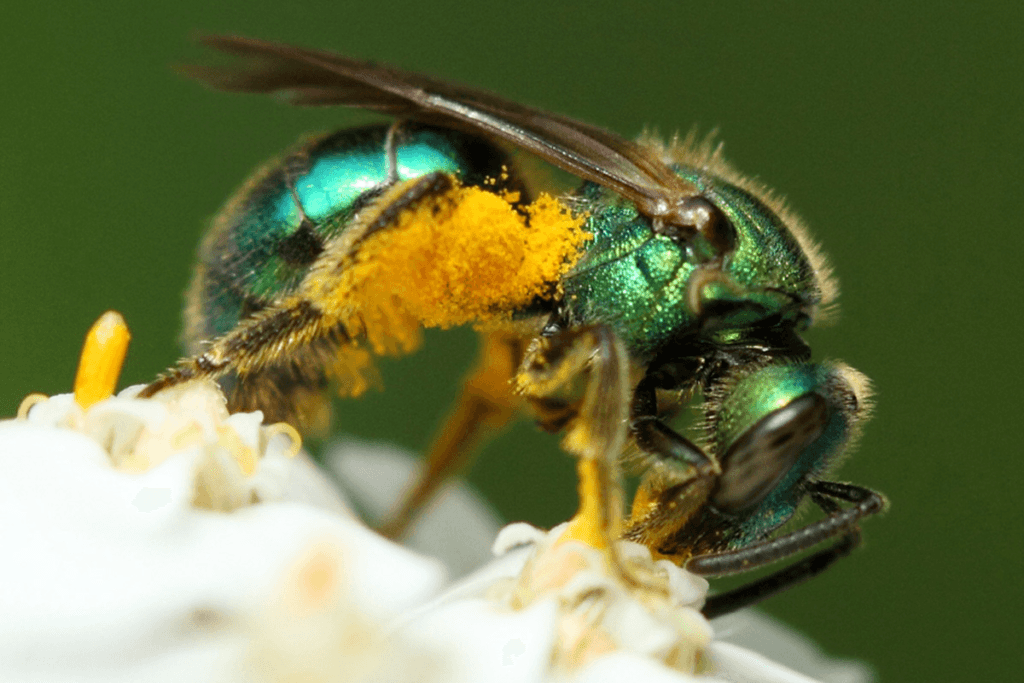
Discover the World of Bees
A Dive into Atlanta’s Diverse Bee Kingdom.
Atlanta is a haven for various species of bees. From the familiar honey bees to the lesser-known carpenter bees and masonry bees, these buzzing insects play crucial roles in pollination and ecosystem health. So how can we accurately distinguish between the various types of bees?
Honey Bees: Honey bees are perhaps the most recognizable and widely known bee species. Known for their distinctive black and yellow stripes, honey bees are social insects that live in colonies with a queen bee and her worker bees. In Atlanta, honey bees can be found in urban areas, parks, and gardens, where they forage on flowers for nectar and pollen. They are essential pollinators for many crops and wild plants, contributing to the city’s biodiversity.
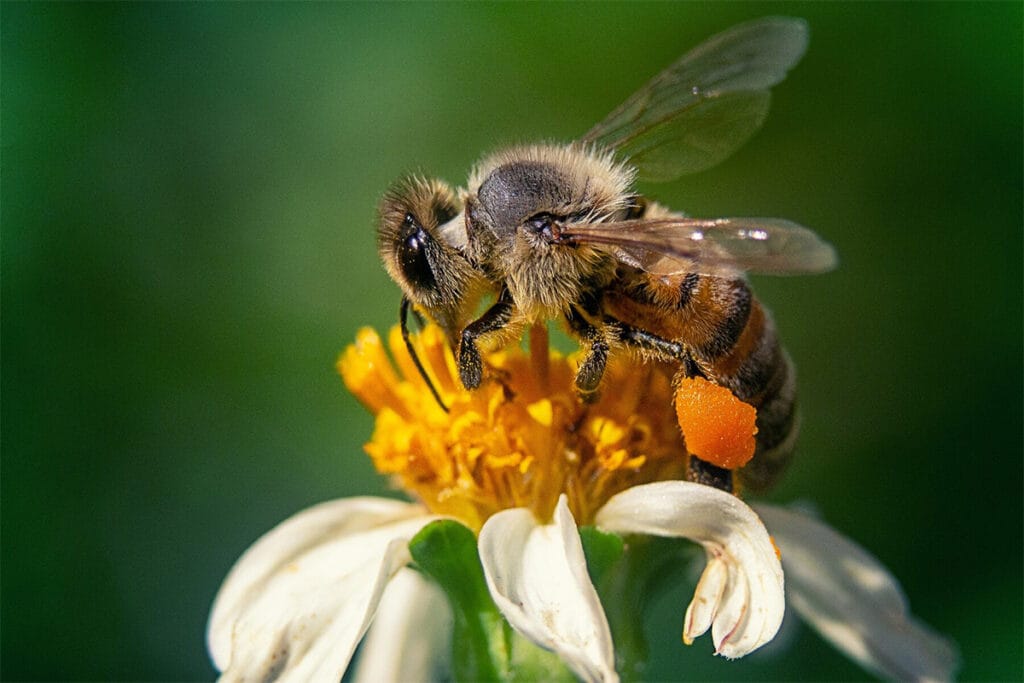
Yellow Jackets: While often mistaken for bees, yellow jackets are actually a type of wasp. These insects have a slender body with distinct black and yellow markings. Unlike honey bees, yellow jackets are aggressive predators and scavengers, feeding on other insects and human food sources. Yellow jackets build their nests in the ground, in wall cavities, or under eaves, posing a nuisance and potential danger to humans, especially during late summer and early fall.

Masonry Bees: Also known as mason bees, are solitary bees that play an important role in pollination. Unlike honey bees, masonry bees do not live in colonies but nest individually in pre-existing cavities such as hollow stems, holes in wood, or even in the mortar of brick walls. Masonry bees are gentle and non-aggressive, making them excellent pollinators for fruit trees, flowers, and other plants in Atlanta’s urban environment.
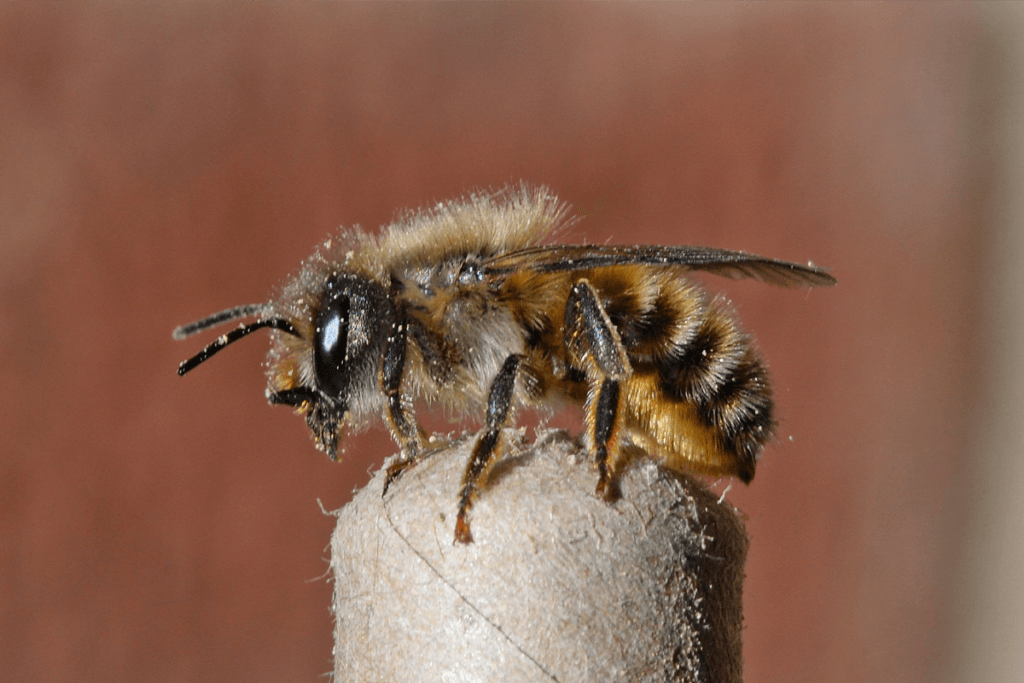
Carpenter Bees: These are large, robust bees with shiny black abdomens and a distinctive buzzing sound. Unlike masonry bees, carpenter bees are solitary but may nest in large numbers in wooden structures such as fences, decks, and eaves. While they are important pollinators, carpenter bees can cause damage to wooden structures over time by boring tunnels for their nests. Proper management techniques, such as providing alternative nesting sites and sealing wooden surfaces, can help mitigate conflicts with carpenter bees.

Bumble Bees: Distinct within the Apidae family, boast fuzzy bodies and vibrant colors, setting them apart from other bees. Known for their buzz pollination technique, they play a crucial role in pollinating crops like tomatoes and blueberries. These social insects form seasonal colonies, often nesting underground or in sheltered spots like grass tussocks. With a remarkable ability to regulate body temperature, they thrive in cooler climates, aiding early-season pollination. However, their populations face threats from habitat loss, pesticides, and disease, emphasizing the need for conservation efforts to protect these essential pollinators and the ecosystems they inhabit.
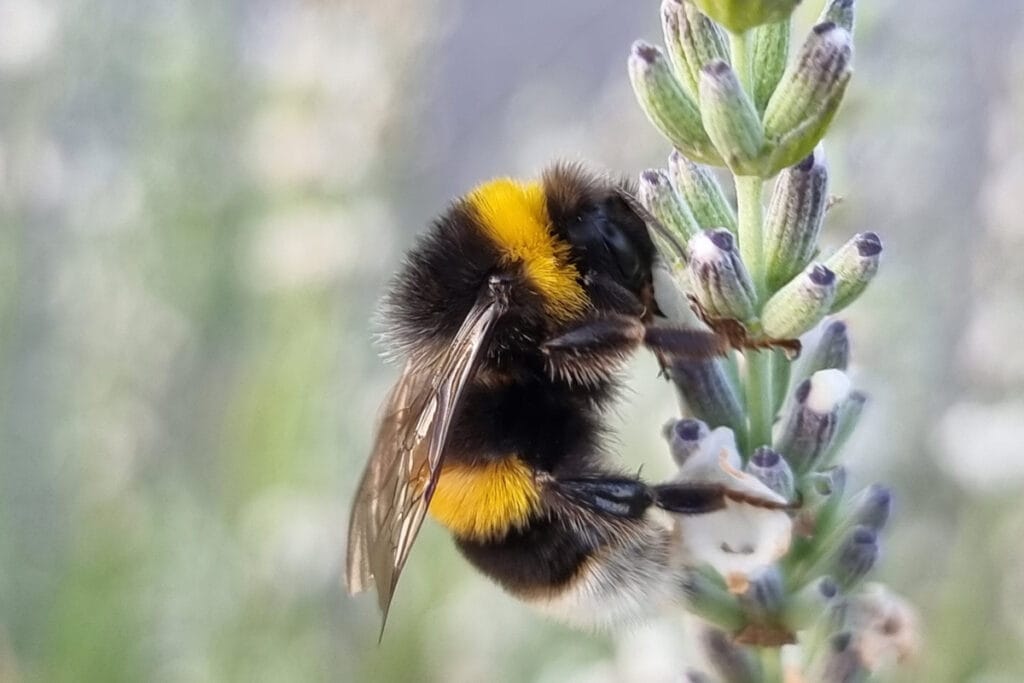
Leaf cutter bees. These are small to medium-sized bees with a furry appearance, usually black with light-colored bands. They often nest in existing cavities like hollow plant stems or in tunnels in wood. Leafcutter bees are solitary, with each female constructing her own nest using pieces of leaves. They’re important pollinators and are especially efficient at pollinating certain crops. Their behavior involves collecting pieces of leaves to construct their nests, which they then provision with pollen and nectar before sealing each cell with leaf material. Their lifespan typically ranges from a few weeks to a few months.
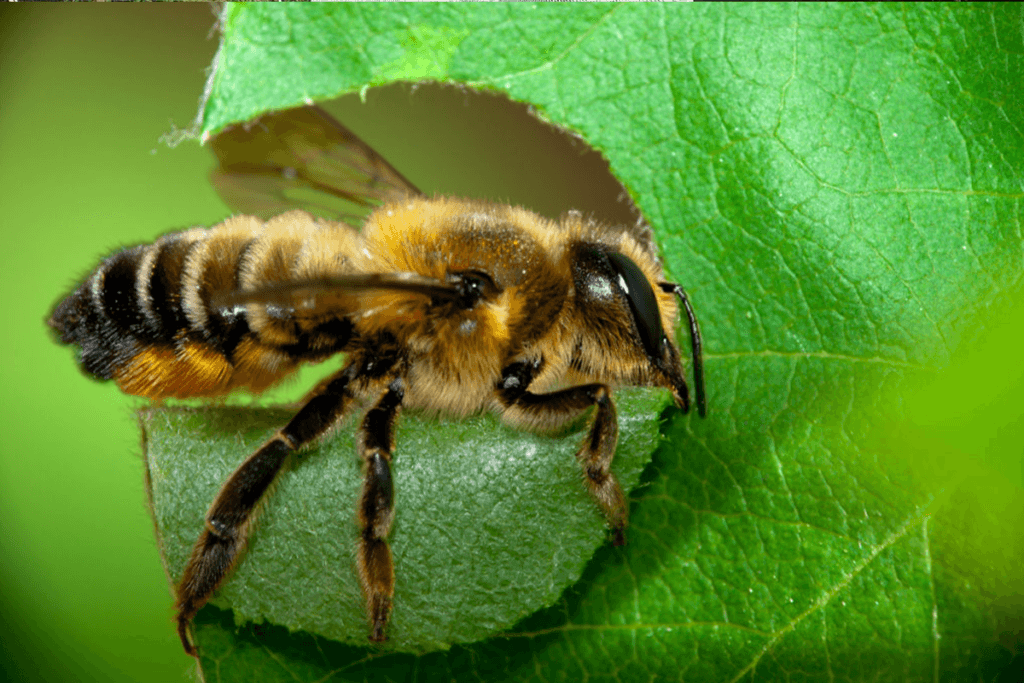
Mining bees.They are also known as digger bees, are small to medium-sized bees that nest in the ground, excavating tunnels in sandy or well-drained soil. They’re solitary, with each female digging her own burrow and provisioning it with pollen and nectar. Mining bees are not aggressive and rarely sting unless handled roughly or threatened. They’re important pollinators and are often active early in the spring. Their lifespan ranges from a few weeks to a few months.

Sweat bees.They are small metallic-colored bees found in Atlanta. They’re attracted to human sweat but are generally docile and not aggressive. Sweat bees are solitary, with each female building her own nest and provisioning it with pollen and nectar. They’re important pollinators and are often found visiting a wide range of flowers. Their lifespan ranges from a few weeks to a few months.
